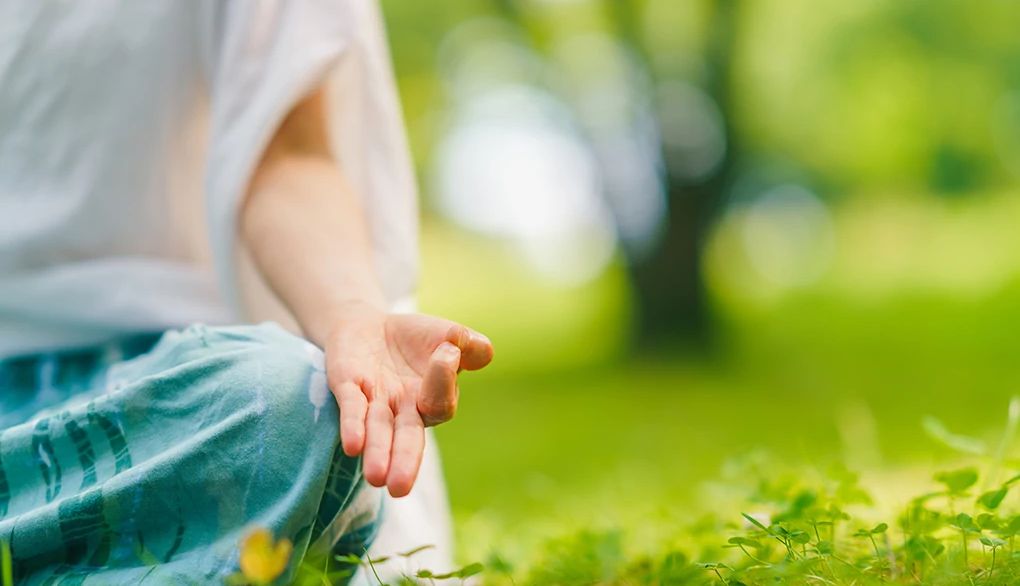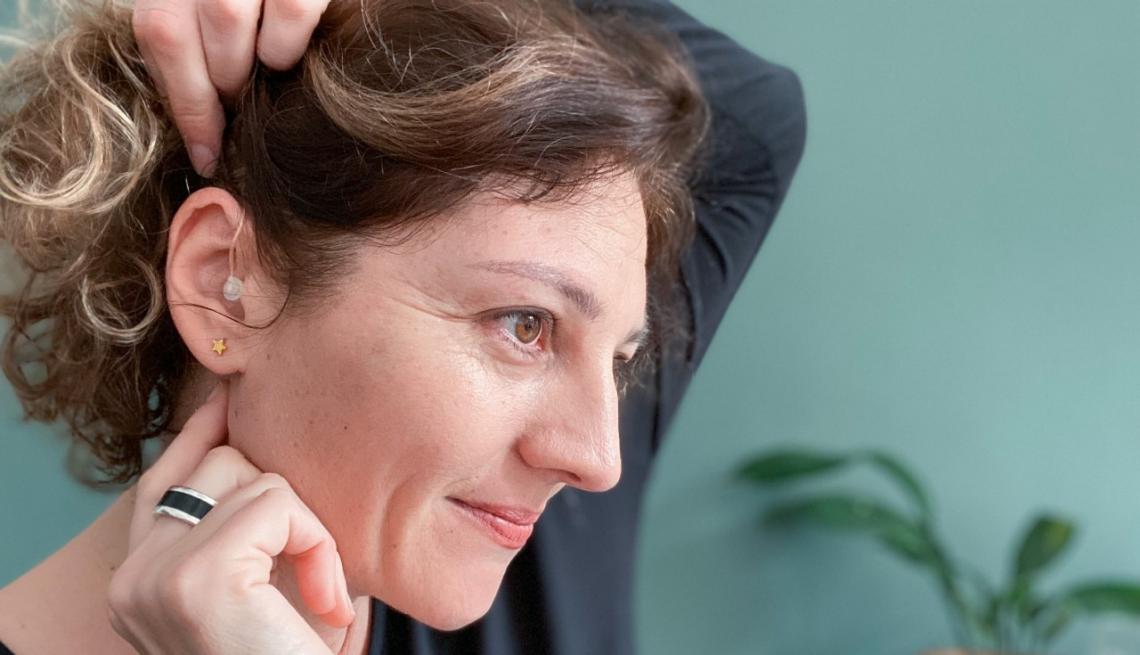Challenges


This copyrighted information is courtesy of Mindful.org
When we find ourselves in a rut, it becomes easier to focus on what’s wrong and minimize what’s right. This gratitude practice is designed to change that; its aim is to amplify the experience of optimism. Hundreds of studies show that this simple shift leads to enhanced mood, better relationships, and even enhanced physical health.












More From Staying Sharp
Track Your Moods
Logging how you’re feeling can empower you to take charge
Take Charge of Your Social Media
Logging on less could be the ticket to a clearer, happier mind
Your Brain on Nature
Explore how outdoor activities affect your brain health